Gallery
Photos from events, contest for the best costume, videos from master classes.
 | 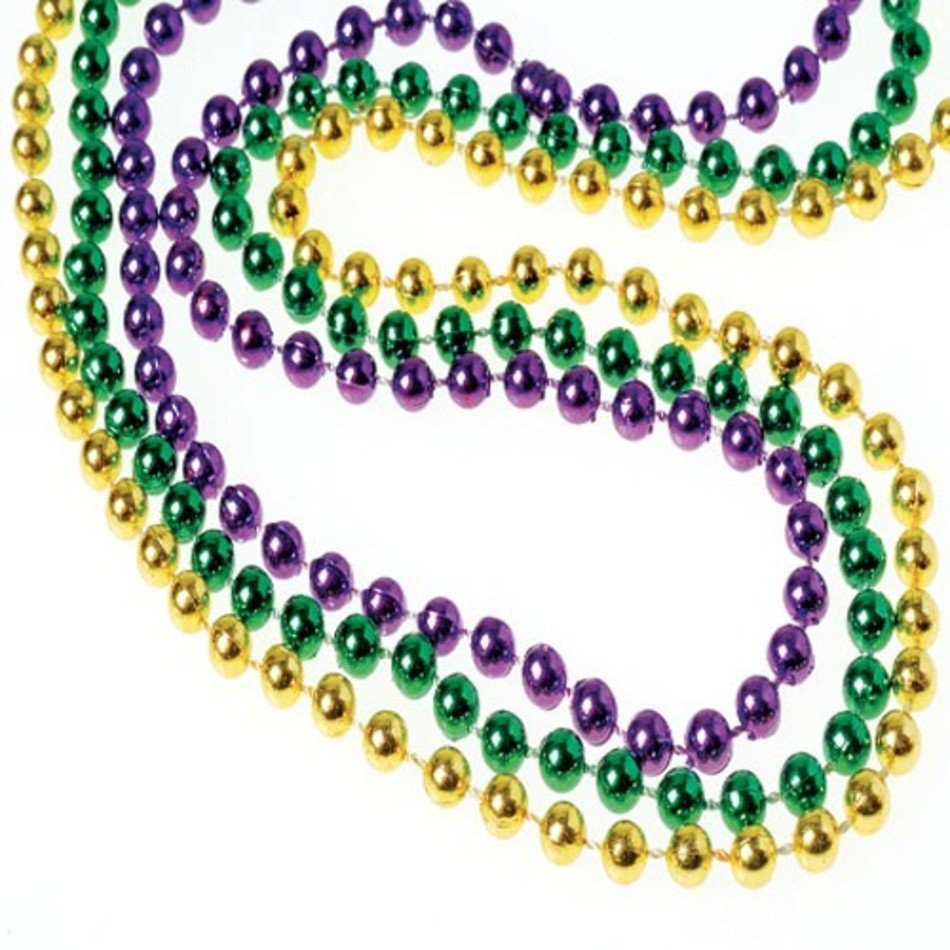 |
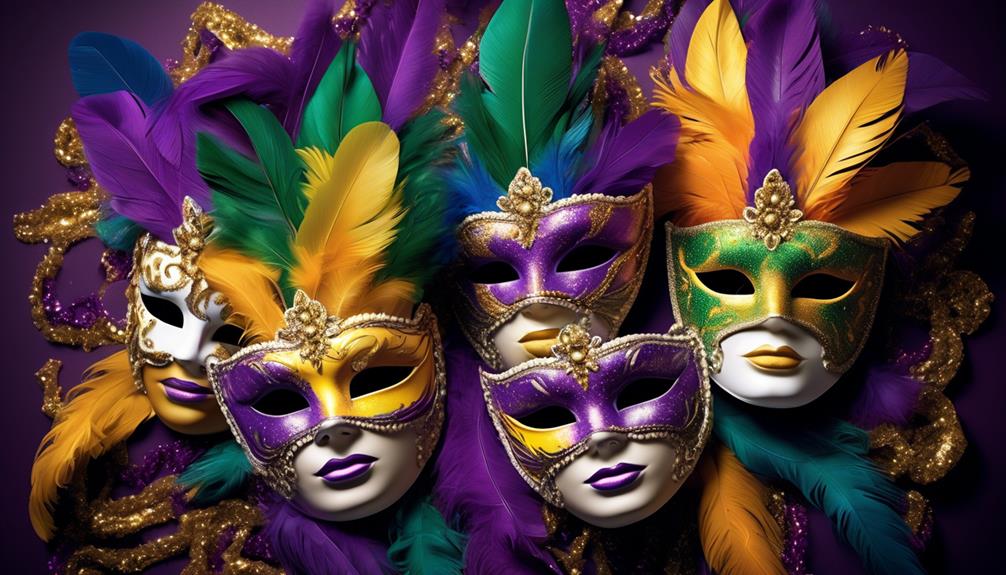 | 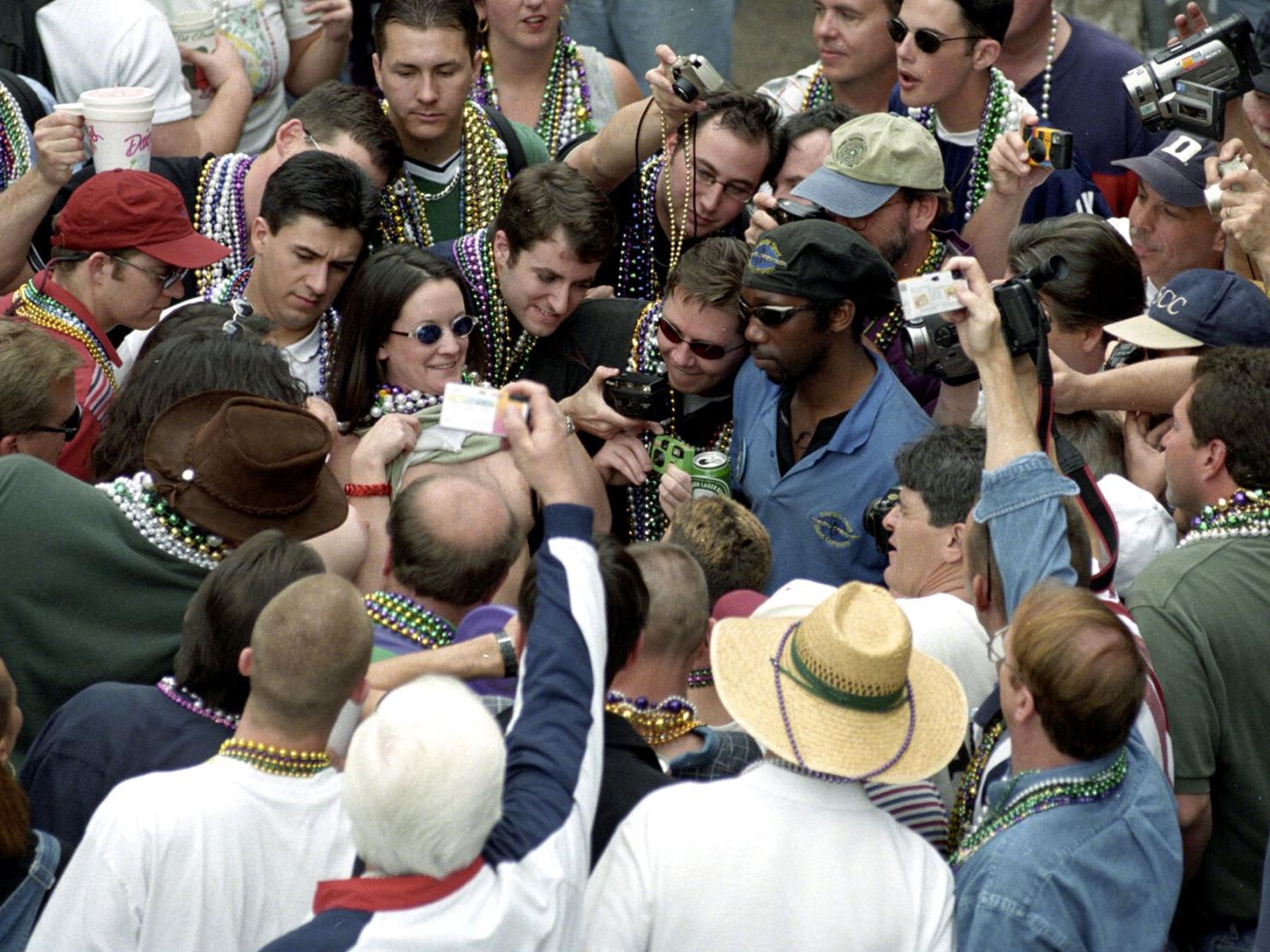 |
 | 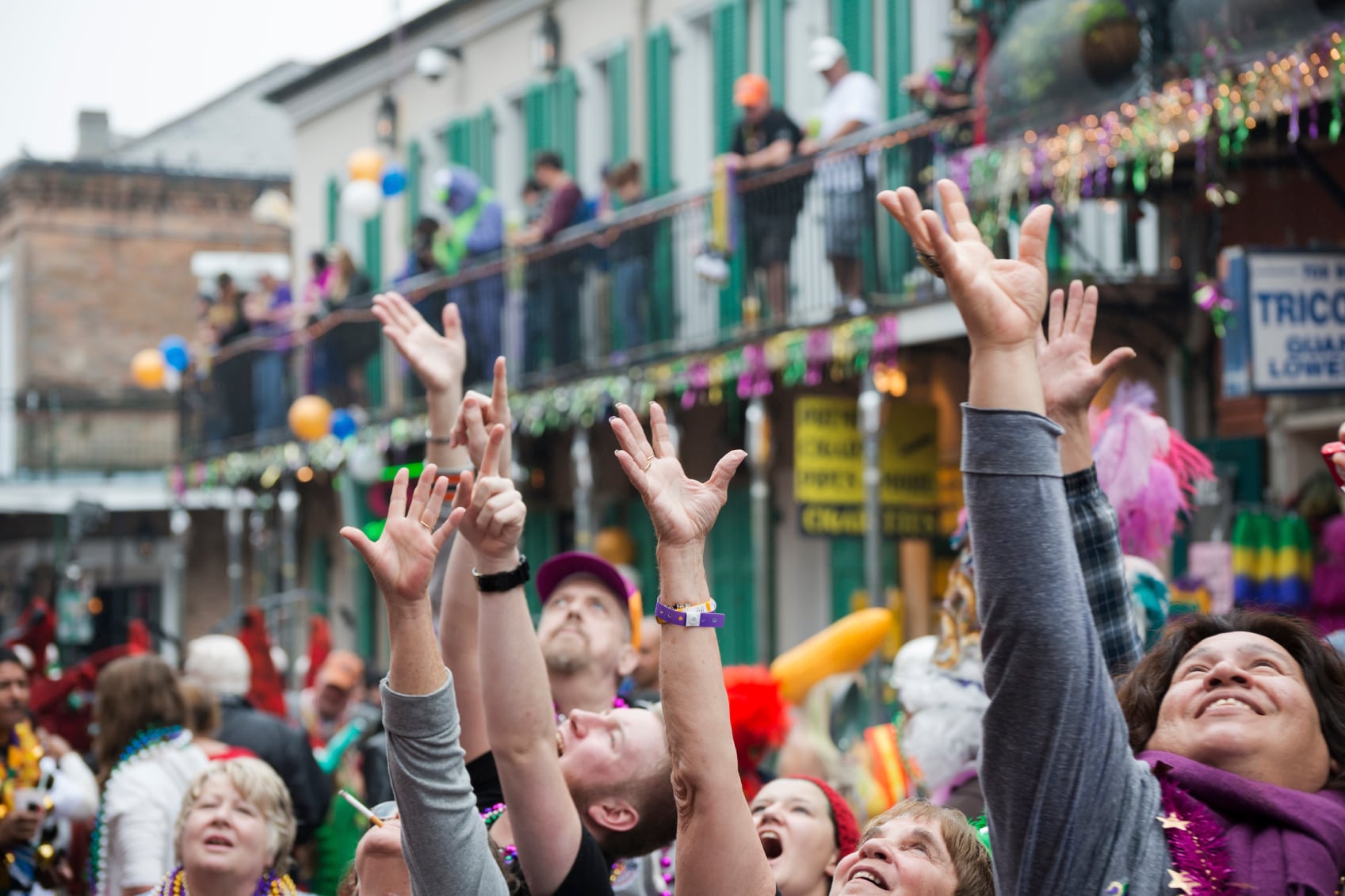 |
 |  |
 |  |
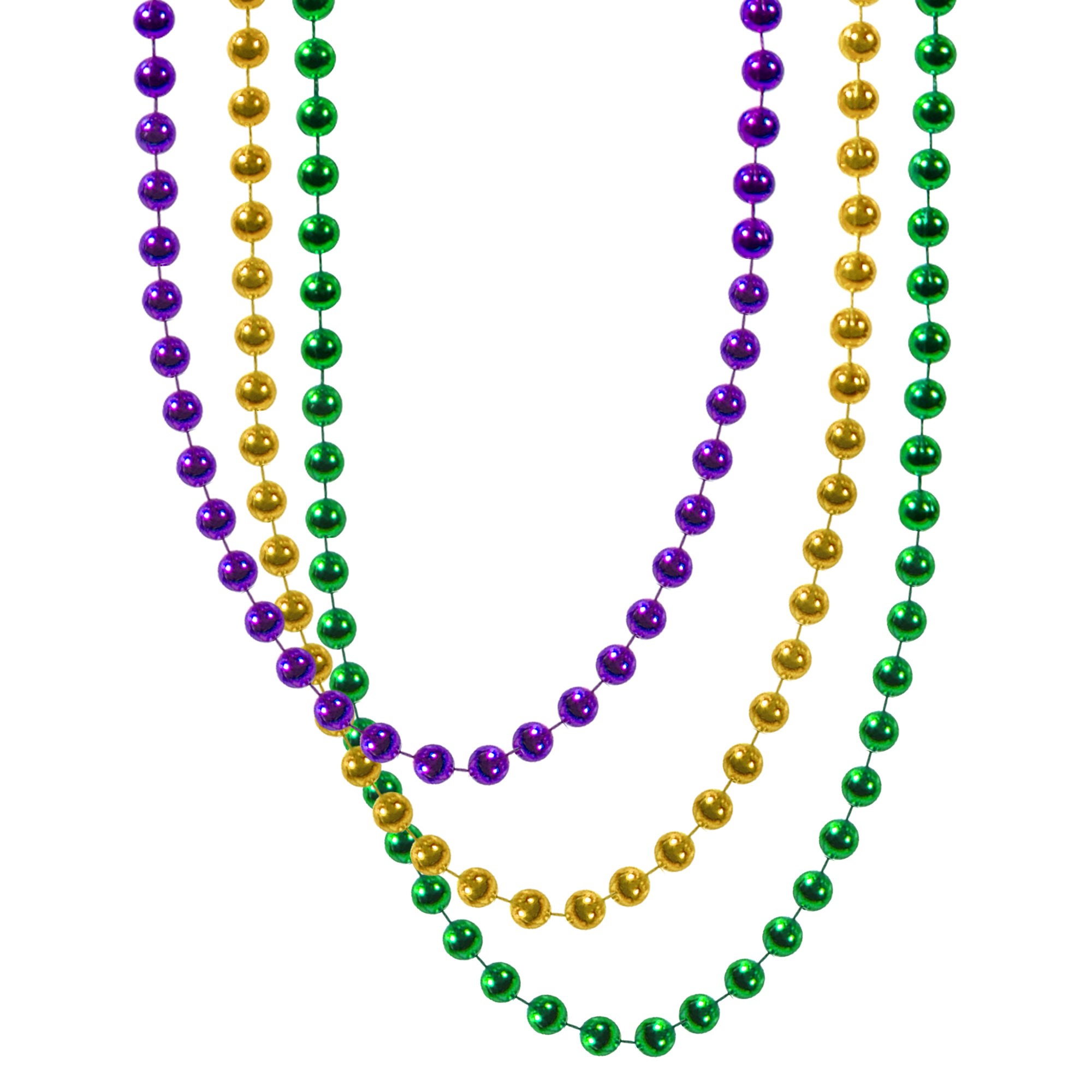 | 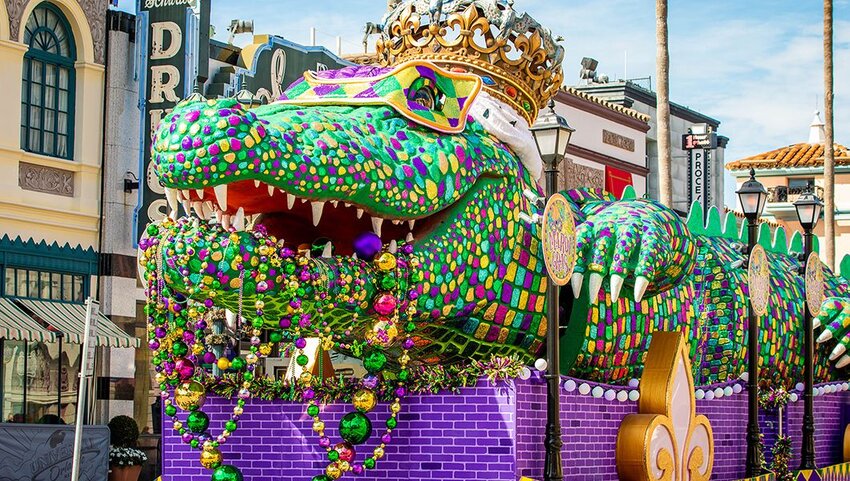 |
If you wanted to get beads, you could yell out, “Throw me something, mister!” Mardi Gras celebrations are underway in New Orleans! But did you know these parties and parades don't always The first Mardi Gras was held by French settlers on March 3, 1699, in Mobile, Alabama, once the capital of the Louisiana territory. In the late 1820s, the custom of dressing in colorful costumes The thing to remember when it comes to celebrating Mardi Gras is that flashing for beads isn’t considered a tradition by the locals, so, obviously, you don’t have to feel pressured to do it. Mardi Gras throws are strings of beads, doubloons, cups, or other trinkets passed out or thrown from the floats for Mardi Gras celebrations, particularly in New Orleans, the Mobile, Alabama, and parades throughout the Gulf Coast of the United States, to spectators lining the streets. The "gaudy plastic jewelry, toys, and other mementos [are Well, they are exactly what they sound like - items that krewe members on floats throw to parade-goers as the floats pass by! Throws often include doubloons, beads, cups, homemade trinkets, toys and more! In this article, we’ll take a closer look at the history and significance of Mardi Gras beads, including their cultural origins and what they symbolize. We’ll also explore the different types of beads you can expect to see at Mardi Gras and why they are such a sought-after prize for party-goers. Float riders toss beads, cups and doubloons to fans and revelers in the 2013 Krewe of Bacchus Mardi Gras Parade on Feb. 10, 2013, in New Orleans Skip Bolen—Getty Images Beads and Throws Each year, more than 1 million people descend on New Orleans for Mardi Gras, an organized parade of debauchery and alcohol-induced torpor where plastic beads are tossed as a kind of currency. The beads and other throws are not just random trinkets, but they actually hold a more profound meaning related to the festive spirit of Mardi Gras. Moreover, the tradition of throwing and catching beads is also about having fun, connecting with others, and collecting as many tokens of the festivities as possible to remember the experience. One of the most popular customs of Mardi Gras is the throwing of colorful beads from parade floats to the crowd on onlookers below, a tradition with an interesting history. Origins of Mardi Gras Mardi Gras originated with pagan Roman Carnival celebrations that took place in mid-February and celebrated the end of winter. What Do People Do With Mardi Gras Beads? Mardi Gras beads are a huge part of the Mardi Gras celebrations in New Orleans. People wear them, throw them, and collect them. The most popular place to get Mardi Gras beads is at a parade. throws During a parade, krewe members will often throw beads to people lining the streets. Mardi Gras is seen as the last day to have fun and sin before this period of moderation starts. Even though usually the participants of Mardi Gras and lent probably don't overlap very much that's where the tradition comes from. It seemed as if the bead workers were treated as mules, with the forces of the market their masters. A family catches Mardi Gras beads during the Krewe of Thoth parade down St. Charles Avenue in 2000. If you are participating in the Mardi Gras carnival this year, make sure you get plenty of colorful beads! Until then, check out our colorful Mardi Gras invitations to host your Mardi Gras party, or explore our delightful range of Mardi Gras cards to send Fat Tuesday wishes to friends! We call them beads or throws because Rex and a few other krewes began handing out tiny trinkets to parade spectators in the 1920s. Glass beads were used to make the original beads for Mardi Gras. There are times when a good looking bayou can still throw a vintage bead to you. How Do You Earn Beads At Mardi Gras The Old Fashioned Way? Sadly, many bystanders caught in this crowd will never return to Mardi Gras, because they don't realize they did not experience the "real" Mardi Gras. The flashing for beads and related behavior does not occur in other areas of the city. Why are beads thrown at Mardi Gras? Beads are thrown at Mardi Gras as a way for people on the floats to interact with the crowd and share in the celebration. It has become a tradition to throw beads, along with other items like stuffed animals and light-up necklaces, to the spectators during Mardi Gras parades. Strain says the team was surprised that 3D-printed Mardi Gras beads have not yet become commonplace. “I think it's because it's such a Louisiana-specific concept to have Mardi Gras beads that it hasn't really been developed further,” she says. Sadly, many bystanders caught in this crowd will never return to Mardi Gras, because they don't realize they did not experience the "real" Mardi Gras. The flashing for beads and related behavior does not occur in other areas of the city. In New Orleans, Mardi Gras is a time for celebration, and one of the most popular traditions is throwing beads. Beads are thrown from parade floats, and they are also given out to revelers who line the streets. The tradition of throwing beads dates back to the early days of Mardi Gras, and it is one of the most iconic aspects of the celebration.
Articles and news, personal stories, interviews with experts.
Photos from events, contest for the best costume, videos from master classes.
 |  |
 |  |
 |  |
 |  |
 |  |
 |  |